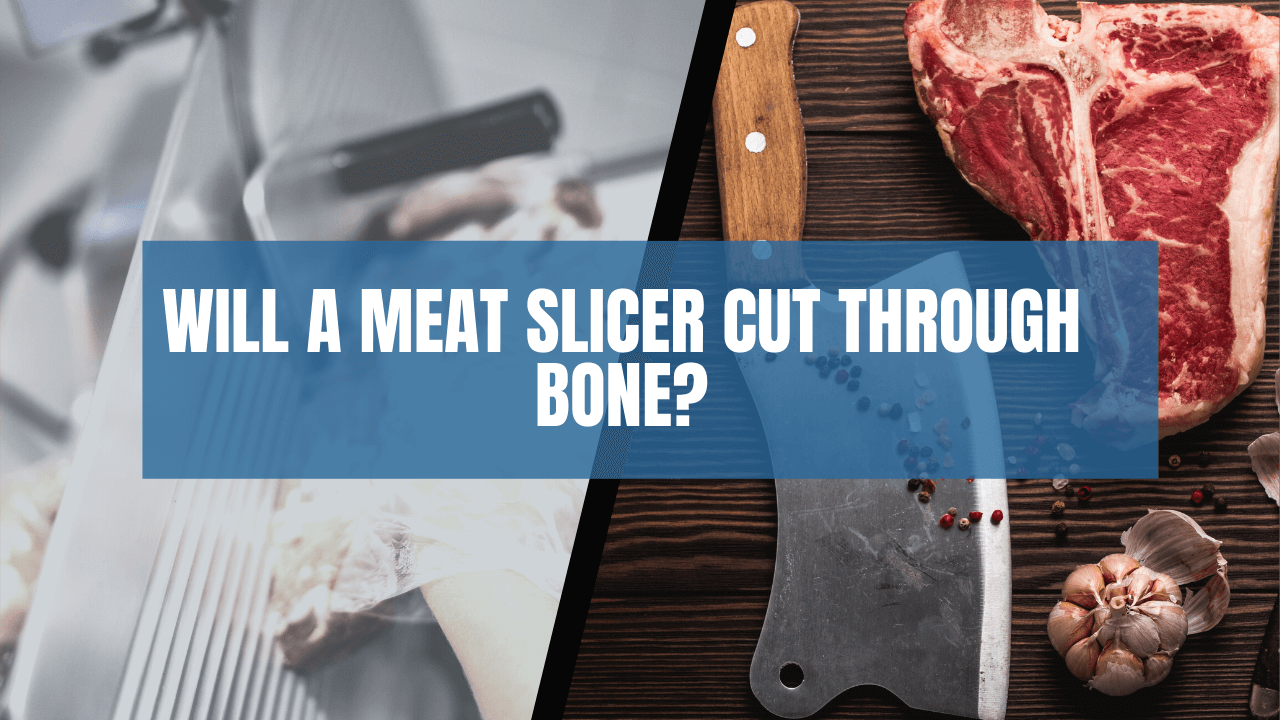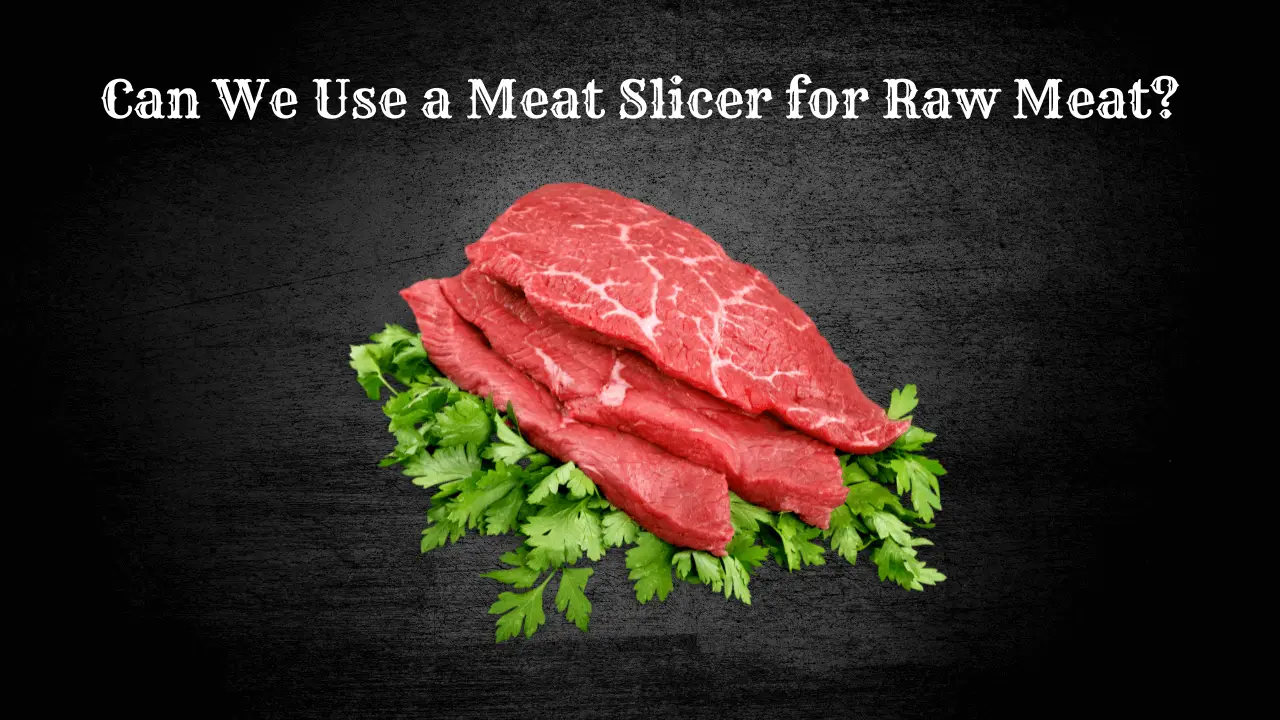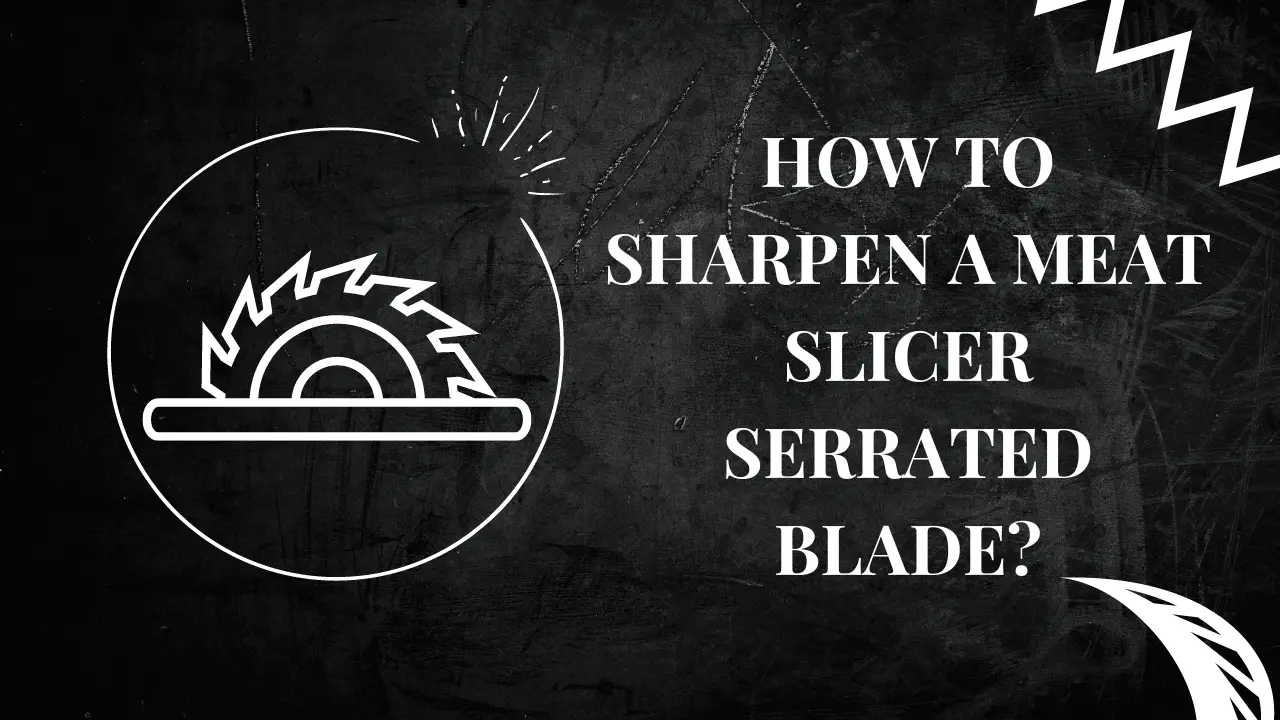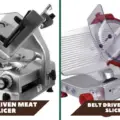Short answer: Chefs often wear thick black gloves when slicing meat for two main reasons: to protect their hands from cuts and to ensure food hygiene by preventing direct contact between their hands and the food.
When observing professional chefs, especially those involved in butchery or handling raw meat, one might notice the thick black gloves they often wear during the slicing process. These gloves serve an essential purpose, offering a dual function of safety and hygiene. They safeguard the chef’s hands from potential cuts and injuries, given that slicing meat often involves sharp tools and requires intricate handling. These gloves play a crucial role in maintaining food safety standards by preventing direct skin contact, thus reducing the risk of cross-contamination from the chef’s hands to the food being prepared. This practice emphasizes the commitment of culinary professionals to quality, safety, and hygiene in their work.
What Are The Thick Black Gloves That Chef Wears?
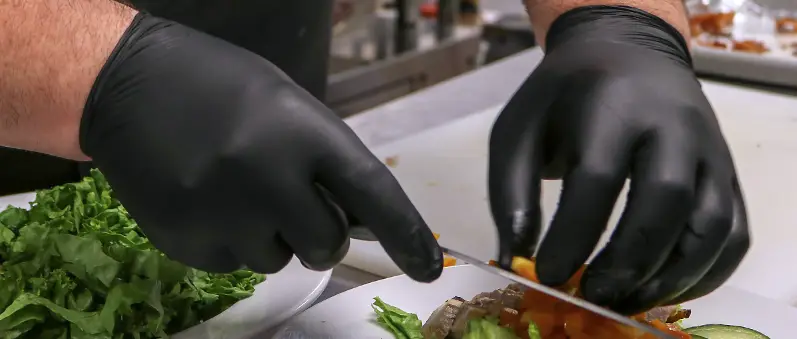
The thick black gloves often worn by chefs are typically made from nitrile, a type of synthetic rubber that is highly resistant to punctures and tears. These gloves are designed to protect the wearer’s hands from potential injuries during food preparation, such as cuts from sharp knives or burns from hot surfaces. Furthermore, nitrile gloves are latex-free, making them a safe choice for individuals with latex allergies. They are also typically more resistant to chemicals and oils than other types of disposable gloves. In addition to protection, they provide a strong grip, even when wet, which is crucial when handling knives and other kitchen tools. Importantly, these gloves also help maintain hygiene standards in a professional kitchen by preventing direct skin contact with food, reducing the potential for cross-contamination.
Why Do Chefs Slice Meat With Thick Black Gloves On?
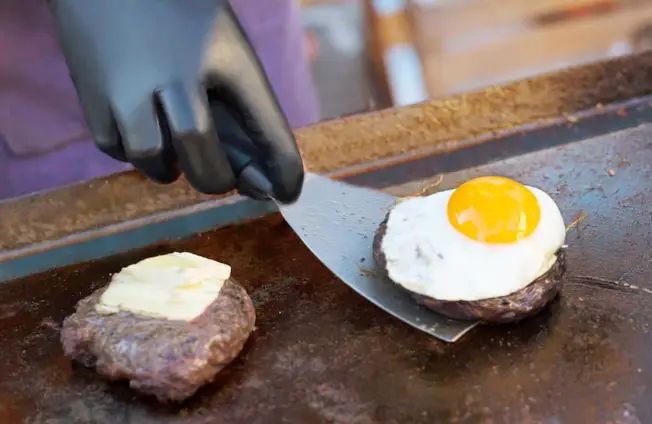
Protection from Heat: By wearing a white cotton glove liner underneath the black nitrile gloves, chefs can protect their hands from hot food directly off the grill. However, these gloves are not suitable for handling hot grates or adding hot charcoal to the firebox.
Flexibility and Sensitivity: Despite their protective nature, these gloves are thin enough to maintain a good level of dexterity. This allows the chef to work with delicate tasks such as pulling pork or slicing brisket.
Hygiene and Easy Clean-up: The black nitrile gloves are sanitary and disposable. After use, they can be easily removed and discarded. The cotton glove liners can be washed and reused, making the process more economical and environmentally friendly.
Comfort: The combination of cotton glove liners and nitrile gloves provides a comfortable fit, which is essential for tasks that require a high level of precision.
Versatility: These gloves can be used not only for handling hot food but also for food preparation, ensuring hygiene and safety throughout the cooking process.
Are Black Gloves Disposable?
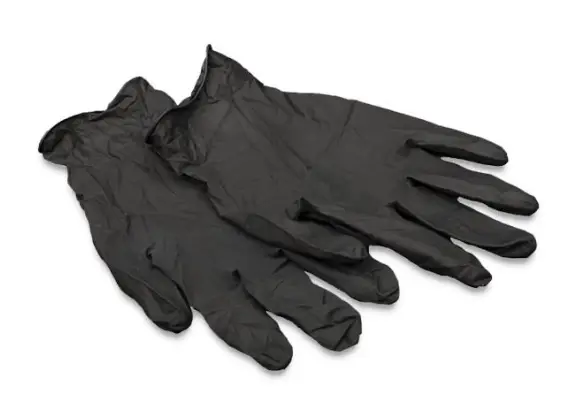
Yes, black gloves, especially those used in food preparation, are typically disposable. They are often made of nitrile, a material that is strong, flexible, and resistant to punctures and tears, making them ideal for single-use in kitchen environments. After use, these gloves can be removed and discarded, which helps to maintain hygiene and prevent cross-contamination in the kitchen. However, it’s always best to check the specific product details as not all black gloves may be disposable.
FAQs
Why don’t all cooks wear gloves?
Not all cooks wear gloves because they prefer the direct touch and control over food that bare hands provide. Moreover, some regulations allow for bare-hand contact with food as long as strict handwashing procedures are followed.
Do you have to wear gloves when handling raw meat?
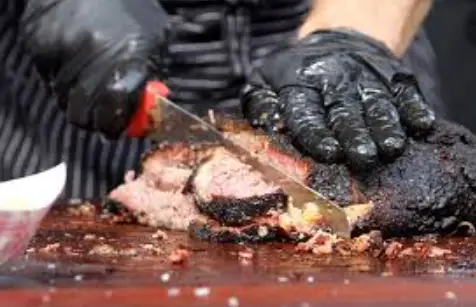
It is not required, but it is recommended, especially in commercial settings. Gloves can help prevent cross-contamination between raw meat and other foods. They also protect the hands from bacteria present in raw meat, such as E. coli or salmonella.
What kind of gloves can be used for cooking?
There are several types of gloves that can be used for cooking, including nitrile, latex, vinyl, and polyethylene gloves. Each has its pros and cons, so the choice depends on the task at hand, personal preference, and any potential allergies (like latex).
What are kitchen gloves for cooking called?
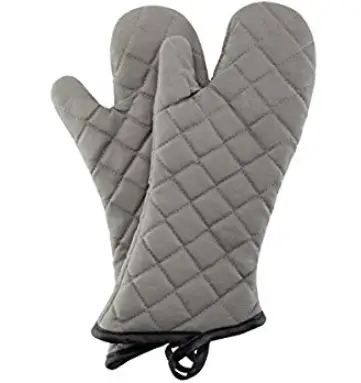
There’s no specific name for kitchen gloves used for cooking. They’re generally referred to as kitchen gloves, cooking gloves, or food preparation gloves. However, there may be specific types like cut-resistant gloves, heat-resistant gloves, or disposable food service gloves.
What color gloves for cooking?
The color of the gloves doesn’t impact their functionality, but different colors can be used in a professional setting to prevent cross-contamination. For example, some kitchens might use one color for handling raw meats and another for vegetables.
Should I get black or brown gloves?
The color of the gloves doesn’t usually affect their functionality. Choose what you prefer or what matches your kitchen decor. However, some professionals prefer black gloves because they can make stains and residue less noticeable.
Conclusion
Chefs often wear thick black gloves while slicing meat to provide two main benefits: safety and hygiene. These gloves, typically made from nitrile, protect the chef’s hands from potential injuries like cuts from sharp knives. Simultaneously, they maintain high food safety standards by minimizing direct contact with the food, thus preventing cross-contamination. While the gloves do not impede the chef’s ability to handle the food effectively, they significantly enhance the cooking process’s overall safety and cleanliness. As such, their use is a testament to a chef’s commitment to quality, professionalism, and the well-being of those who will consume the prepared food.
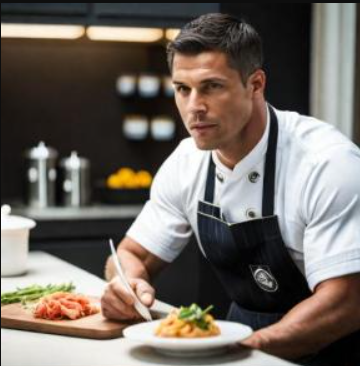
John Hebdon is a food enthusiast, passionate chef, and author of various articles and blog posts related to food and cooking. With a deep love for all things culinary, John’s blog serves as a platform to share his extensive kitchen experiences with a broader audience.
In addition to his culinary expertise, John has a flair for writing and a natural ability to share his passion for food with others. His articles and blog posts are informative, engaging, and packed with practical tips for readers of all skill levels.
As a food enthusiast and writer, John is always on the lookout for new and exciting culinary experiences. Whether it’s trying out a new restaurant, experimenting with a new recipe, or simply sharing a favorite dish with friends and family, John is always eager to explore and share the world of food with others.

